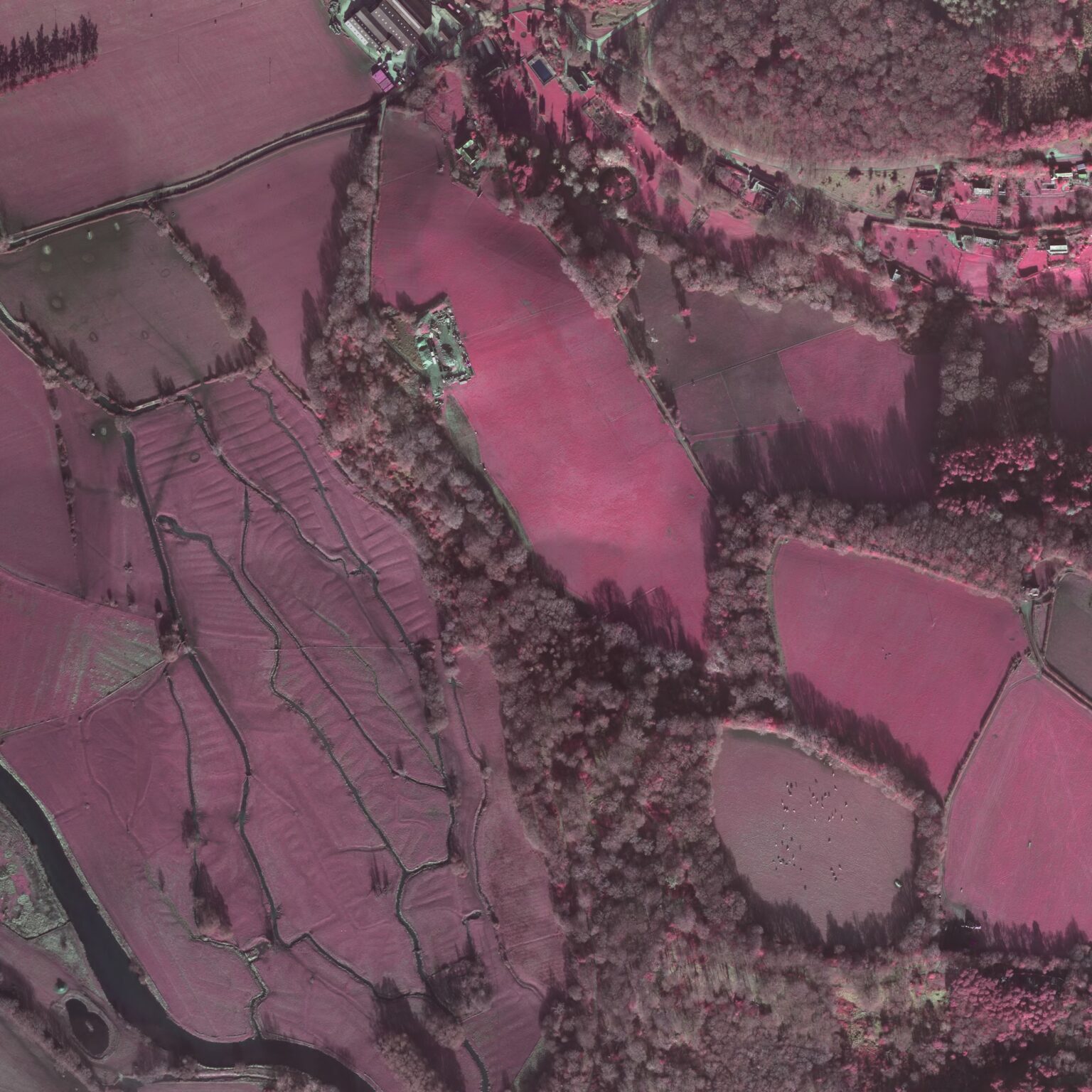Significant properties
As discussed in detail in Section 2 of this guide, the various elements of 3D models – their significant properties or characteristics – can vary considerably and not all file formats support the storage of all 3D data properties. For this reason the selection of a suitable format for archiving needs to consider which properties need to be retained in order to successfully preserve all elements of the model. As highlighted by McHenry and Bajcsy (2008), in many cases file format conversion introduces information loss and it is therefore important to consider the properties of file formats used for archiving during the data creation stage. The following table (derived from McHenry and Bajcsy, 2008) gives an overview of parameters supported by a number of formats discussed in this guide. Empty cells either mean that the format lacks the ability to store these properties or that no traceable specifications for this property/format can be found.
Properties supported by the various 3D formats.
- Geometry: F = Wire frame; P = Parametric; CSG = Constructive Solid Geometry; B-rep = Boundary representation
- Appearance: C = Colour; X = Texture by image; B = Bump mapping; M = Material; V = Viewport and camera; L = Light sources; T = Transformation; G = Grouping/arrangement
Table 2: An overview of parameters supported by a number of 3D data formats (after McHenry and P. Bajcsy 2008)
| Format | Geometry | Appearance | Animation | ||||||||||
|---|---|---|---|---|---|---|---|---|---|---|---|---|---|
| F | P | CSG | B-Rep | C | X | B | M | V | L | T | G | ||
| X3D | ✔ | ✔ | ✔ | ✔ | ✔ | ✔ | ✔ | ✔ | ✔ | ✔ | ✔ | ||
| VRML | ✔ | ✔ | ✔ | ✔ | ✔ | ✔ | ✔ | ✔ | ✔ | ✔ | ✔ | ||
| DAE | ✔ | ✔ | ✔ | ✔ | ✔ | ✔ | ✔ | ✔ | ✔ | ✔ | ✔ | ✔ | |
| U3D | ✔ | ✔ | ✔ | ✔ | ✔ | ✔ | ✔ | ✔ | ✔ | ||||
| PLY | ✔ | ✔ | ✔ | ✔ | ✔ | ||||||||
| OBJ | ✔ | ✔ | ✔ | ✔ | ✔ | ✔ | ✔ | ||||||
| STL | ✔ | ✔ (Binary only) |
|||||||||||
| DXF | ✔ | ✔ | ✔ | ✔ | ✔ | ✔ |
The table above is not exhaustive and there are many additional special properties of 3D content that are used in specific, often proprietary, applications. For this reason, where future native editing or use of the data (i.e. software specific functionality) is required, it is advisable to additionally retain the original files.



